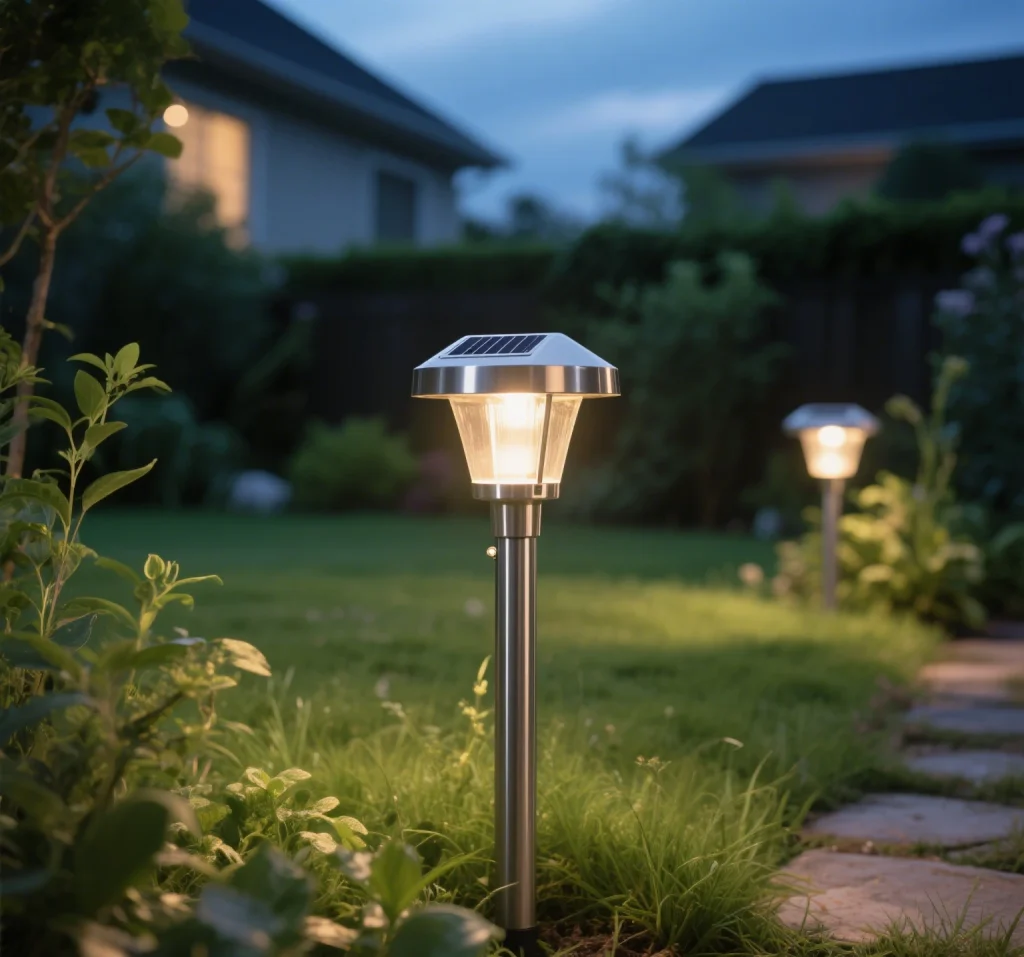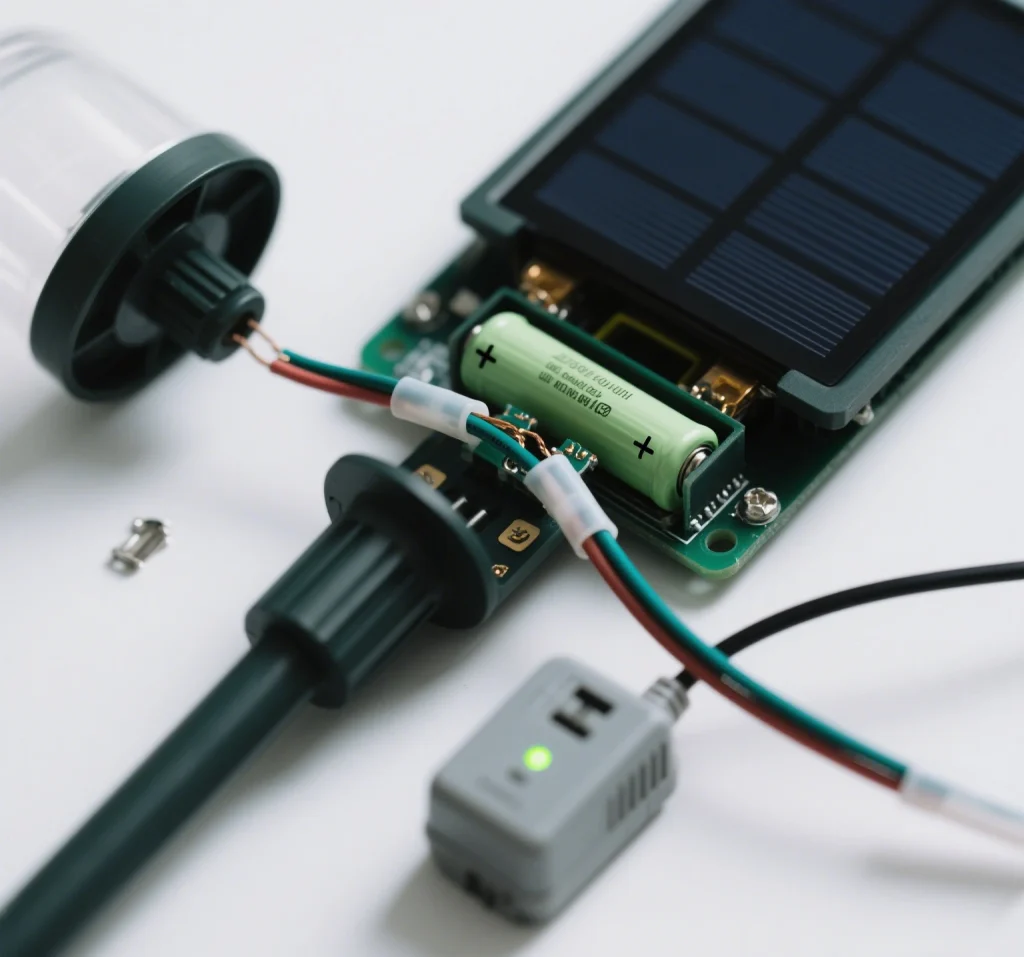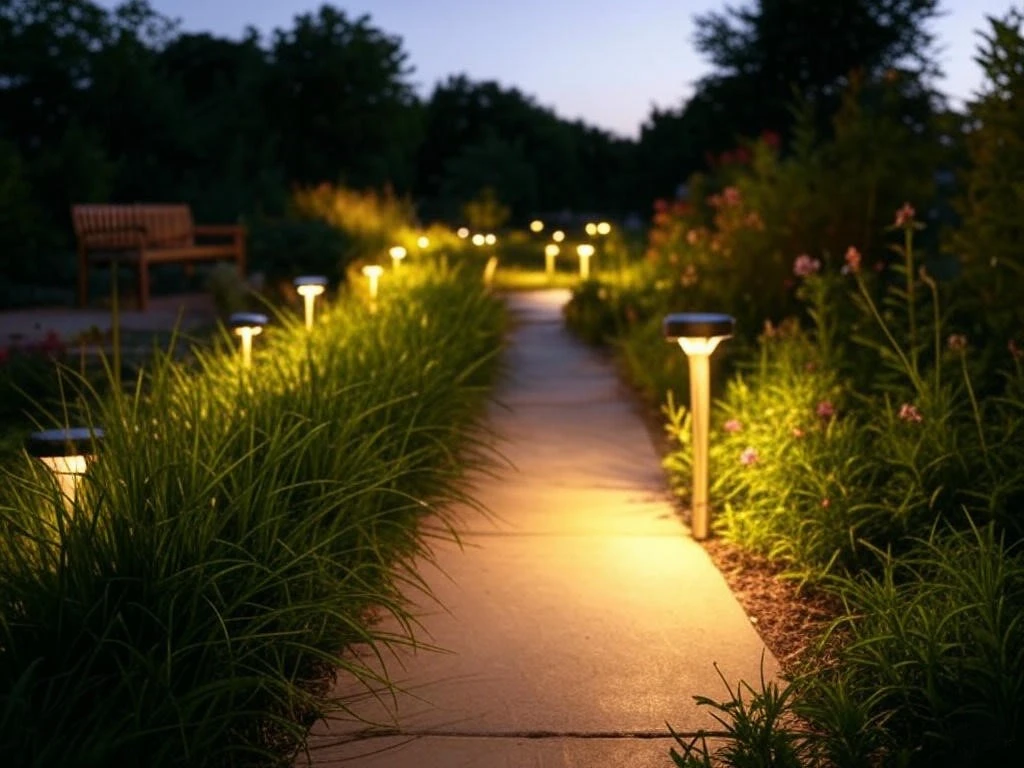As a leading solution in eco-friendly lighting, bitpott solar street lights have become integral to illuminating rural and urban roads. To ensure consistent performance and extend their lifespan, proper maintenance and repair practices are essential. This article outlines critical considerations for maintaining solar street lights, including optimized configurations, environmental adaptations, and practical troubleshooting tips. By following these guidelines, users can maximize the efficiency and durability of their lighting Ascertain systems.

Importance of Solar Street Light Maintenance
Solar street lights leverage renewable energy to provide cost-effective, environmentally friendly illumination. Unlike traditional grid-powered lights, they rely on solar panels and batteries, making regular maintenance vital to prevent performance issues. Proper care not only ensures reliable nighttime lighting but also enhances the aesthetic appeal of rural landscapes, contributing to sustainable community development. Key maintenance areas include solar panel efficiency, battery health, and LED performance, each requiring specific attention to maintain optimal functionality.
Key Maintenance Considerations
1. Optimizing Solar Panel Configuration
The solar panel is the heart of a solar street light, converting sunlight into electricity to charge the battery. To ensure efficiency:
- Adequate Power Generation: Configure the panel to generate sufficient daily energy to fully charge the battery. For example, in regions with an average of 4.4 hours of sunlight daily, a 100W panel produces approximately 440Wh. Match this with a battery capacity like a 12V40Ah lithium or 12V60Ah gel battery, and limit the light’s power to 30W or less. This setup maintains the battery in a fully charged state, reducing deep discharge cycles and extending its lifespan.
- Orientation and Placement: Install panels in areas free from shading by trees or buildings. Adjust the tilt angle based on local latitude to maximize sunlight exposure, ensuring consistent power generation.
2. Battery Maintenance and Insulation
The battery stores energy for nighttime use, and its performance depends on proper care:
- Temperature Control: Maintain a stable battery temperature to ensure efficient charging and discharging. Low temperatures can reduce charging efficiency, leading to power shortages. In colder climates, insulate the battery compartment to protect against extreme temperature fluctuations.
- Charge Management: Avoid over-discharging by matching the light’s power consumption to the battery’s capacity. Regular monitoring ensures the battery maintains a healthy charge cycle, prolonging its operational life.
3. Matching LED Power and Illumination Time
The LED component must be compatible with the solar panel and battery to ensure reliable performance:
- Power Alignment: Select an LED wattage that aligns with the system’s energy production and storage capacity. For instance, a 30W LED paired with a 440Wh battery ensures sufficient power for extended illumination without draining the battery excessively.
- Lighting Duration: Program the light’s operating hours to balance brightness and energy conservation. Use intelligent controllers to adjust illumination based on seasonal sunlight variations, ensuring consistent performance year-round.

4. Regular Inspections and Troubleshooting
Routine checks are crucial for identifying and resolving issues early:
- Component Checks: Inspect solar panels for dust or debris accumulation, which can reduce efficiency. Clean panels quarterly with water and a soft cloth. Check wiring connections for corrosion or looseness, and verify the controller’s functionality.
- Troubleshooting Common Issues: If the light fails to illuminate, confirm the battery’s charge status and panel output. Dim lighting may indicate a misconfigured controller or obstructed panel. Use diagnostic tools or consult manufacturers for complex issues.
Additional Tips for Long-Term Performance
To further enhance the longevity and efficiency of solar street lights:
- Wind-Solar Hybrid Systems: In areas with variable sunlight, consider wind-solar hybrid lights to supplement power generation, ensuring consistent illumination in remote regions.
- Aesthetic Integration: Choose designs that blend with the surrounding environment, enhancing the visual appeal of rural or urban settings. Customizable shapes and light effects, such as silhouettes or patterns, can elevate community aesthetics.
- Smart Technology: Incorporate microchip-based controllers for automated operation, optimizing energy use and reducing manual intervention.
Conclusion
By prioritizing proper configuration, regular maintenance, and environmental adaptability, bitpott solar street lights can deliver reliable, sustainable illumination for years. Routine cleaning, battery care, and system optimization are simple yet effective ways to ensure performance. As solar technology advances, these lights will continue to illuminate communities while promoting environmental sustainability and aesthetic harmony.


Leave a Reply